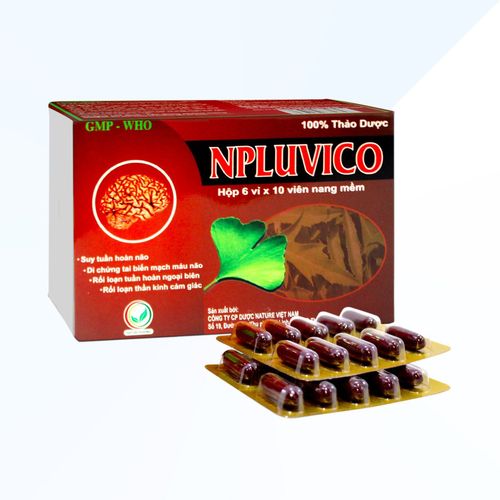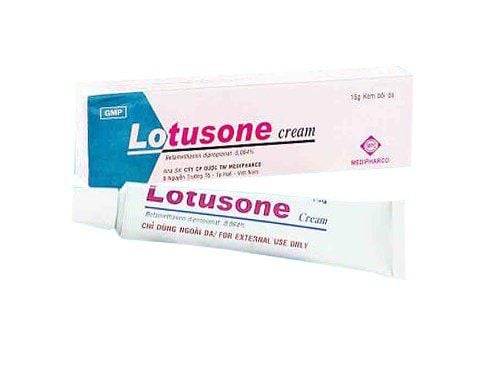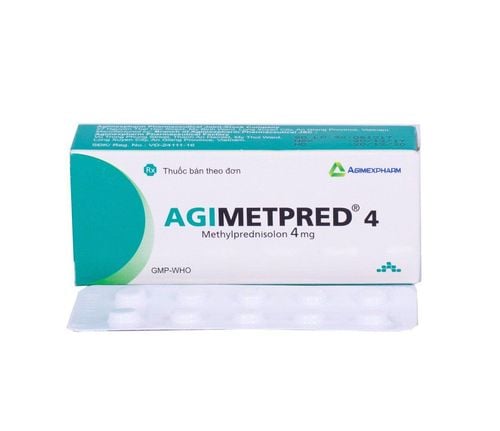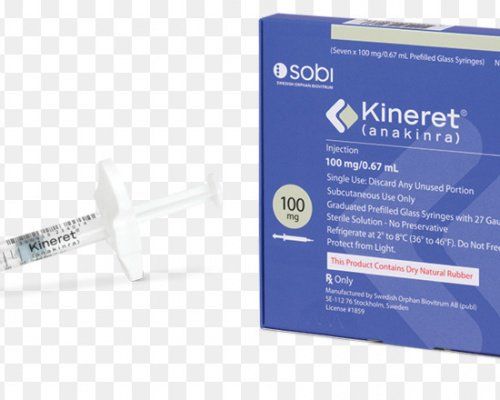This is an automatically translated article.
Mixed connective tissue has features of lupus, systemic scleroderma, and polymyositis. Diagnosis of mixed connective tissue is mainly based on the presence of abnormal antibodies in the blood. Treatment is usually with corticosteroids, but side effects should be kept in mind.1. Diagnosis of mixed connective tissue
The American Society of Rheumatology (ACR) has not yet issued a diagnostic criteria for mixed connective tissue. When the patient visits the doctor, the doctor may ask a number of questions around the issue:
When the symptoms started appearing; Frequency of symptoms, continuous or occasional; Severity of symptoms; What improves or worsens symptoms? Next, your doctor will do a physical exam to check for signs of swelling, pain, and arthritis in your hand. Depending on the clinical presentation, the diagnosis of mixed connective tissue should be differentiated from other systemic autoimmune diseases. Mixed connective tissue should be considered if the patient has symptoms similar to those of lupus, systemic scleroderma, polymyositis, or rheumatoid arthritis... that overlap.
In addition, your doctor may do additional blood tests to identify certain antibodies that are associated with mixed connective tissue disease. Of these, ribonucleoprotein antibodies are found in most patients. In other words, the disease is closely related to antibodies to RNP 70. High levels of these antibodies in the blood, and the absence of lupus antibodies, is a distinguishing feature and mixed connective tissue diagnosis.
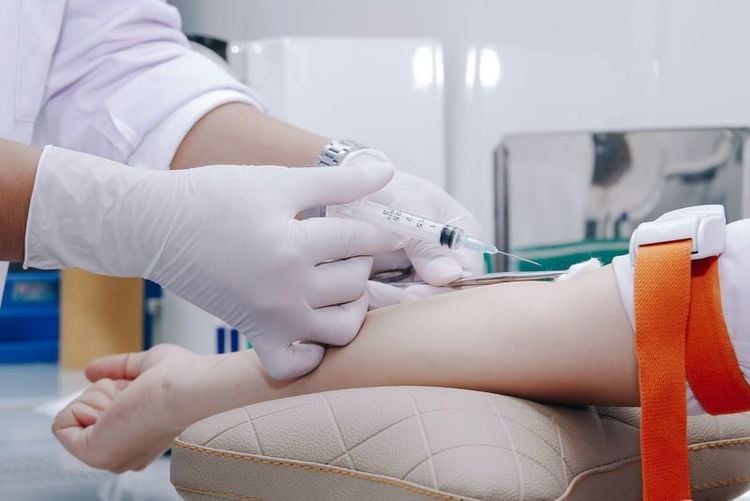
Xét nghiệm máu giúp xác định kháng thể liên quan đến bệnh mô liên kết hỗn hợp
2. Mixed connective tissue treatment
There is no cure for mixed connective tissue, but certain medications can help control the signs and symptoms of the disease. Overall, the approach to mixed connective tissue therapy is similar to that of lupus erythematosus. Corticosteroids are often effective, especially when diagnosed early. Patients only need treatment during a flare-up, but a more severe form may require continuous medication. However, when the disease is advanced and more organs are damaged, treatment will be less effective.
Principles of mixed connective tissue treatment are generally:
Control symptoms according to organ damage; Avoid acute episodes; Early detection and treatment of organ damage; Minimize drug side effects. Your doctor will prescribe medications depending on the severity of the disease and existing symptoms, specifically:
Corticosteroids: Drugs such as prednisone can stop the immune system from attacking healthy cells and suppressing it. inflammation. Side effects of corticosteroids can include mood swings, weight gain, high blood sugar, high blood pressure, osteoporosis, and cataracts;
Antimalarial drugs: Hydroxychloroquine (Plaquenil) is effective in treating mild mixed connective tissue and preventing severe outbreaks; Calcium channel blockers: These include nifedipine (Procardia) and amlodipine (Norvasc), which relax the muscles in the walls of blood vessels and may be used to treat Raynaud's syndrome;
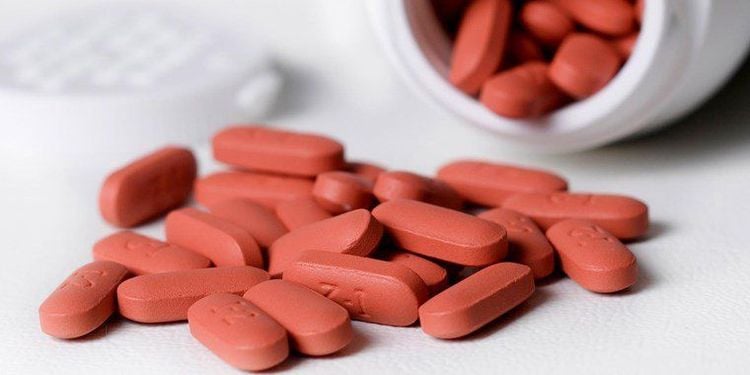
Thuốc nifedipine thuộc nhóm thuốc chẹn canxi giúp điều trị hội chứng Raynaud
Immunosuppressants: Doctors may prescribe different medications based on a patient's specific signs and symptoms. For example, if symptoms are similar to lupus, your doctor will prescribe medications commonly prescribed for people with lupus; Pulmonary hypertension drugs: Bosentan (Tracleer) or sildenafil (Revatio, Viagra) may be prescribed; In addition to prescribing medication, the doctor will also monitor the patient closely for signs of pulmonary hypertension.
3. Lifestyle and home remedies
Other methods of managing symptoms of mixed connective tissue disease include:
Non-steroidal anti-inflammatory drugs: Medicines such as ibuprofen (Advil, Motrin IB,...) or naproxen sodium (Aleve), can help reduce pain and inflammation if the condition is mild; Non-drug measures: Oxygen therapy, rehabilitation and nutrition; Keeping hands warm: Wearing gloves and taking steps to protect hands from cold can help prevent Raynaud's; Stop smoking: Smoking causes blood vessels to narrow, which can worsen complications caused by Raynaud's disease; Reduce stress: Raynaud's disease is often triggered by stress. Relaxation techniques, like yoga and meditation, can help reduce stress levels in your life.
4. Some advice for sick people
4.1. Preparation before your visit Before you see a doctor who specializes in rheumatology, it's a good idea to write down important information on paper in order to provide a complete, detailed medical statement and to prevent omissions.

Người bệnh cần chuẩn bị một số vấn đề trước khi tới cơ sở y tế để được thăm khám
Specific:
Current symptoms, including those that you consider unrelated to the disease; Other illnesses you have or have ever had; Recent major life changes or stressors; A list of any medications, vitamins or supplements you are taking; Medical history of close family members, especially if a loved one has had a similar condition; Questions you need to consult your doctor. Also, ask a relative or friend to accompany you to the clinic. They will help you remember what your doctor explains and tells you.
4.2. Questions to Ask the Doctor The following are some suggested questions that patients preparing for mixed connective tissue therapy may need their doctor to answer:
What is the cause of my symptoms? What tests do I need? What are the current mixed connective tissue treatments? How does connective tissue affect the treatment of other conditions I have? In addition to the questions suggested above, you are also free to ask other questions that you still have questions for the doctor to answer enthusiastically.
Despite being treated with mixed connective tissue, the disease still has a risk of worsening. Prognosis of 13% mortality after 6-12 years, especially in patients with systemic scleroderma or polymyositis. About 80% of people with mild form live for an additional 10 years after diagnosis of mixed connective tissue. Mild disease may resolve on its own after a few years with little or no treatment.
To register for examination and treatment at Vinmec International General Hospital, you can contact the nationwide Vinmec Health System Hotline, or register online HERE.
References: Mayoclinic.org; healthvietnam.vn




